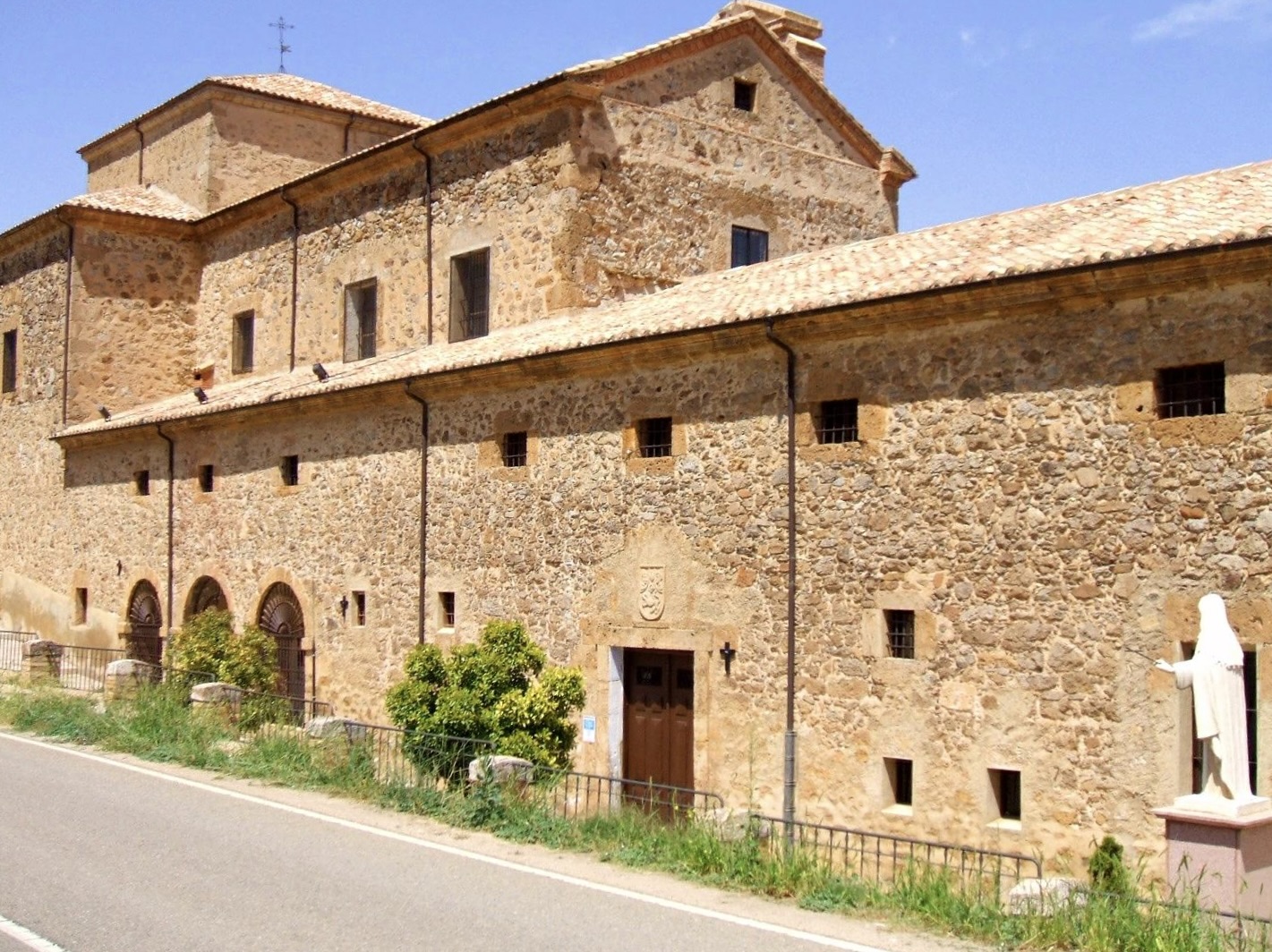Christian Convent on:
[Wikipedia]
[Google]
[Amazon]
 A convent is a community of monks, nuns, religious brothers or, sisters or priests. Alternatively, ''convent'' means the building used by the community. The word is particularly used in the Catholic Church,
A convent is a community of monks, nuns, religious brothers or, sisters or priests. Alternatively, ''convent'' means the building used by the community. The word is particularly used in the Catholic Church,
Etym on line
/ref> while monastery and
Carmelite Monastery of the Sacred Hearts
— an example of a modern-day convent * {{Authority control Christian buildings and structures Types of communities Nunneries
Lutheran church
Lutheranism is one of the largest branches of Protestantism, identifying primarily with the theology of Martin Luther, the 16th-century German monk and reformer whose efforts to reform the theology and practice of the Catholic Church launched th ...
es, and the Anglican Communion.
Etymology and usage
The term ''convent'' derives via Old French from Latin ''conventus'', perfect participle of the verb ''convenio'', meaning "to convene, to come together". It was first used in this sense when the eremitical life began to be combined with the cenobitical. The original reference was to the gathering of mendicants who spent much of their time travelling. Technically, a monastery is a secluded community of monastics, whereas a friary or convent is a community of mendicants (which, by contrast, might be located in a city), and a canonry is a community of canons regular. The terms abbey and priory can be applied to both monasteries and canonries; an abbey is headed by an abbot, and a priory is a lesser dependent house headed by aprior
Prior (or prioress) is an ecclesiastical title for a superior in some religious orders. The word is derived from the Latin for "earlier" or "first". Its earlier generic usage referred to any monastic superior. In abbeys, a prior would be l ...
. In the Middle Ages, convents often provided to women a way to excel, as they were considered inferior to men. In convents, women were educated and were able to write books and publish works on gardening or musicology. The Abbess of a convent was often also involved in decisions of secular life and interacted with politicians and businessmen. Unlike an abbey, a convent is not placed under the responsibility of an abbot or an abbess, but of a superior or prior. In English usage since about the 19th century the term ''convent'' almost invariably refers to a community of women,SeEtym on line
/ref> while monastery and
friary
A monastery is a building or complex of buildings comprising the domestic quarters and workplaces of monastics, monks or nuns, whether living in communities or alone (hermits). A monastery generally includes a place reserved for prayer which ...
are used for communities of men. In historical usage they are often interchangeable, with ''convent'' especially likely to be used for a friary. When applied to religious houses in Eastern Orthodoxy and Buddhism, English refers to all houses of male religious as monasteries and of female religious convents.
History
The mendicant orders appeared at the beginning of the 13th century with the growth of cities; they include in particular the Dominicans, the Franciscans, the Carmelites, and theAugustinians
Augustinians are members of Christian religious orders that follow the Rule of Saint Augustine, written in about 400 AD by Augustine of Hippo. There are two distinct types of Augustinians in Catholic religious orders dating back to the 12th–13 ...
. While the Benedictine monks and their various variants devoted themselves to their agricultural properties, the mendicant friars settled from the start in the cities, or in the suburbs thereof, preferably in the poorer and more densely populated districts. They therefore had to adapt their buildings to these new constraints.
See also
* Christian monasticism * Enclosed religious ordersReferences
External links
*Carmelite Monastery of the Sacred Hearts
— an example of a modern-day convent * {{Authority control Christian buildings and structures Types of communities Nunneries